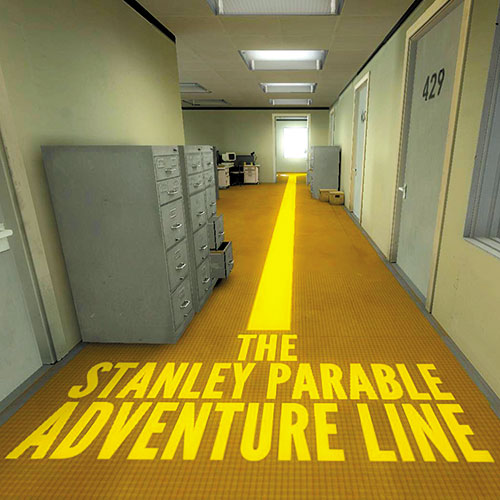Paige FTW: What Is ‘The Stanley Parable’ Trying To Say?

I’d been told many times that The Stanley Parable was a titan of gaming — a clever, self-aware title that changes your entire world view about the power and limitations of the video game medium.
So I went into this little indie with big hopes and expectations. And I was impressed by its witty deconstruction of narrative games. But it doesn’t change the paradigm for me.
The Stanley Parable touches on a lot of topics — the absurdity of “pressing buttons” and expecting rewards; the notion that there is any meaning to our actions in life or otherwise — but I’m particularly interested in its assertion that there is no real freedom within a game world.
First, it’s absolutely true that players do not have “freedom” within a game world, per say. Every action you execute has already been foreseen and enabled by a developer. Even when you “break” the game in Stanley, the narrator chides you.
This goes for just about every game, and not merely those with more visible rules and barriers. You are no freer in Grand Theft Auto than you are in Final Fantasy XIII, even if one allows you to drive willy-nilly and the other keeps you on “the path.”
The Stanley Parable simply illuminates the arbitrary rules of the game world by virtue of being so minimalistic. When all you can do is walk around, the starkness of reality comes through a lot quicker.
But I don’t think that this message is necessarily harping on the limitations of the video game as a storytelling medium. You may only be able to get, say, 18 total endings in Stanley, but the method to your madness is entirely your own. There’s no default or recommended order. My first ending was the metaphysical Not Stanley Ending, then the Museum Ending.
The developers control how I experience the game … but not how. They can’t control my thought process, my decision-making. They may be the architects of the world, but I still rule my own fate — and so, too, does Stanley.











